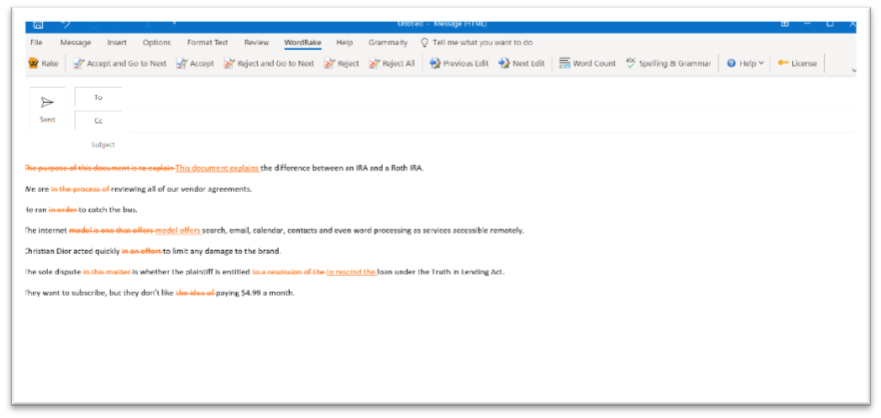

Use which along with a comma to show a non-restrictive modifier. If you’re adding extra information and it is clear what the word or clause modifies and it is unnecessary to distinguish the people, places, or things that are modified, then use a non-restrictive modifier. Use that without commas to show a restrictive modifier. If you must identify a specific person, place, or thing-and distinguish it from other persons, places, or things-use a restrictive modifier. Our understanding of whether a modifier is restrictive or non-restrictive depends primarily on comma placement and the choice between that and which. What Are You Qualifying or Explaining?Ī modifier can be a word or clause that describes, qualifies, or explains an element in a sentence.

Until you’ve memorized these rules and can apply them consistently, look them up every time you write. Inconsistent or incorrect use of commas in these three areas can cause confusion and ambiguity-and cost your clients. The loose rules we used in college aren’t enough for the legal work we do now.

Consistently use commas before the final item in a series.Always use commas with non-restrictive modifiers.Never use commas with restrictive modifiers.Lawyers must get three comma rules right: It’s irresponsible to discount punctuation rules as pedantic and useless. Though we may be hired to interpret and apply the law, our clients rely on our writing skills to accurately capture their intent.


 0 kommentar(er)
0 kommentar(er)
